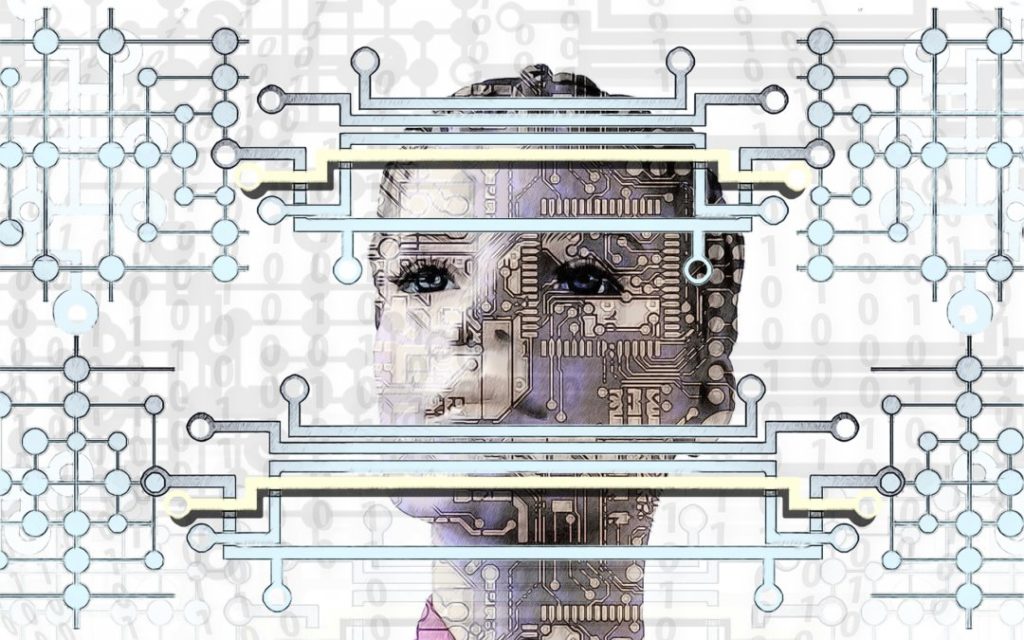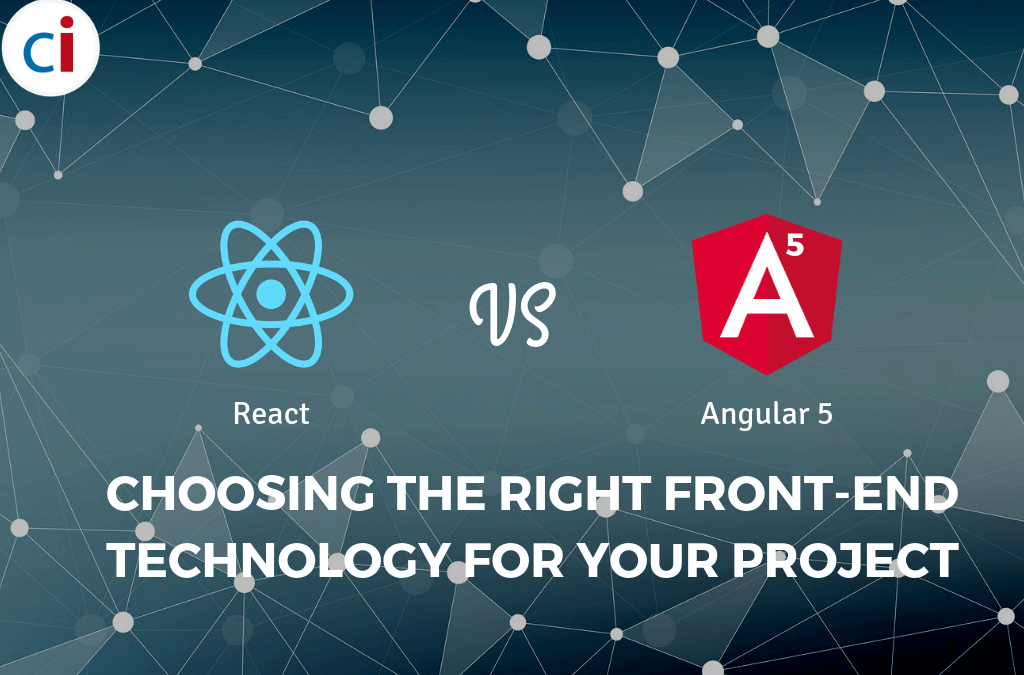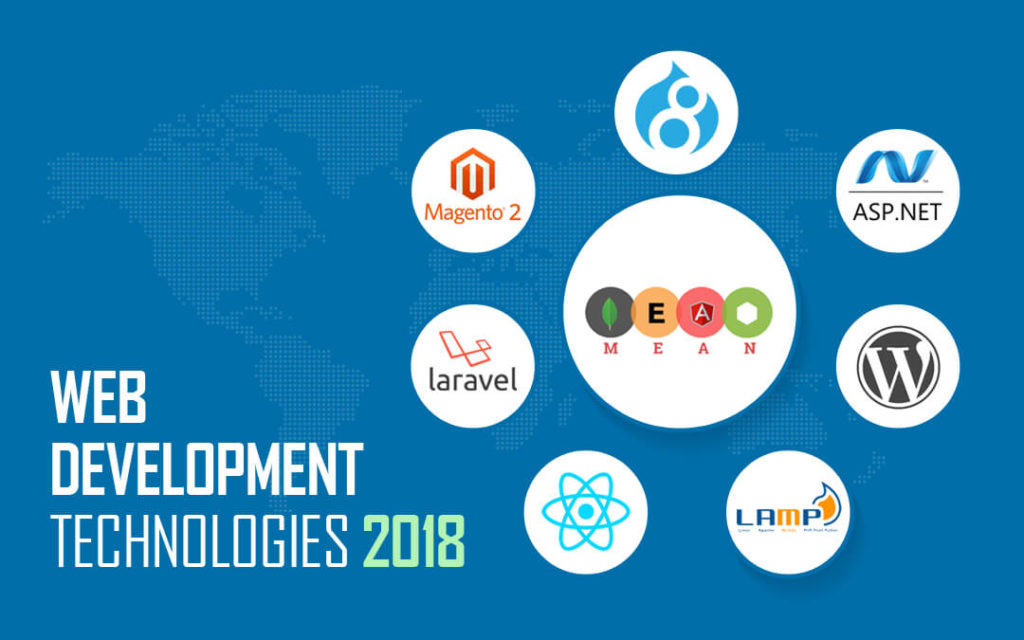The business world in 2025 is witnessing a seismic shift powered by artificial intelligence and machine learning. Gone are the days when business intelligence (BI) was just about dashboards and static reports. Today, AI and ML are reshaping how data is processed, insights are derived, and decisions are made. From generative AI automating complex data tasks to edge AI enabling real-time responses, the fusion of advanced technologies with big data is transforming every aspect of enterprise operations. This blog explores how these innovations are changing the face of BI and big data, and how organizations can adapt to stay ahead of the curve.
The New Era of AI-Driven Business Intelligence
The evolution of business intelligence from descriptive analytics to predictive and prescriptive insights marks the start of a transformative era.
-
Evolution of BI Tools and Techniques
Traditional BI systems provided historical insights through predefined reports. Modern BI, however, leverages AI and ML to offer dynamic, real-time analytics that predict future trends and prescribe optimal actions. This shift from reactive to proactive intelligence is reshaping decision-making across industries.
-
Augmenting Human Decision-Making
AI doesn't replace human analysts—it empowers them. By automatically uncovering correlations and patterns, AI reduces the time spent on data preparation and exploration, allowing analysts to focus on strategic initiatives. Natural Language Processing (NLP) enables even non-technical users to query data conversationally and receive instant, understandable answers.
-
Driving Business Value at Scale
Businesses adopting AI-driven BI report higher efficiency, better forecasting, and faster response to market shifts. From retail to healthcare, organizations are using AI to personalize experiences, reduce churn, optimize supply chains, and manage risks more effectively.
Generative AI Meets Big Data: Automating Insights
Generative AI is taking data analytics to the next level by automating time-consuming tasks and enabling deeper insight discovery.
-
Streamlining Data Preparation
Generative AI can automatically clean, classify, and structure raw data, eliminating one of the most labor-intensive steps in data analysis. By learning from prior tasks, these models can adapt to various data types and pipelines, improving data accuracy and consistency.
-
Identifying Deep Patterns and Trends
Beyond surface-level correlations, generative models can simulate what-if scenarios, detect anomalies, and highlight causal relationships that humans might overlook. This enables businesses to predict outcomes more confidently and uncover opportunities hidden in noise.
-
Empowering Business Users Through Simplicity
Platforms now embed generative AI capabilities into user-friendly interfaces, allowing business users to generate charts, reports, and summaries with natural language commands. This democratizes data access and reduces dependency on data teams, speeding up decision-making cycles.
Edge AI: Real-Time, Low-Latency Decision Making
Edge AI is shifting intelligence closer to where data is generated, allowing for real-time insights and actions.
-
What Is Edge AI and Why It Matters
Edge AI involves deploying models on local devices like IoT sensors, mobile phones, or factory machines. Unlike traditional cloud-based processing, edge AI offers near-instant decision-making without relying on constant internet connectivity.
-
Key Industry Applications
In manufacturing, edge AI powers predictive maintenance by detecting early signs of equipment failure. In healthcare, it enables portable diagnostic tools to offer real-time assessments. Autonomous vehicles and smart cities rely on edge AI for navigation and traffic management, minimizing delays and safety risks.
-
Latency, Privacy, and Efficiency Gains
With reduced data transmission, edge AI improves speed and responsiveness. It also enhances privacy since sensitive data doesn’t leave the local device. For enterprises, this translates to better performance, compliance, and energy efficiency.
Ethics, Privacy, and Compliance: Federated Learning and Explainable AI
As AI scales, so do concerns around ethics, fairness, and data protection.
-
The Rise of Federated Learning
Federated learning allows AI models to be trained across decentralized devices without moving raw data to a central server. This is crucial in healthcare, finance, and education, where data privacy is non-negotiable. It also supports cross-organizational learning without exposing confidential information.
-
Ensuring Transparency Through Explainable AI
Explainable AI (XAI) helps stakeholders understand how and why a model made a particular prediction. This transparency builds trust, aids compliance, and is essential in regulated sectors. Tools like LIME and SHAP are becoming standard in AI governance.
-
Navigating Global Regulations
AI applications must align with regional regulations like GDPR, HIPAA, and emerging AI-specific laws. Businesses are adopting AI ethics frameworks, conducting audits, and ensuring human oversight to stay compliant and responsible.
Democratizing Data Insights with No-Code AI Tools
No-code AI platforms are enabling broader organizational access to advanced analytics.
-
Accessible AI for All
No-code tools offer drag-and-drop interfaces, visual workflows, and template-driven model creation. This empowers marketing managers, HR analysts, and operations teams to build and deploy AI solutions without coding expertise.
-
Faster Time-to-Insight
Without relying on data scientists, teams can rapidly test ideas, create prototypes, and refine models based on feedback. This agility improves responsiveness to market trends and internal requirements.
-
Examples of Leading Platforms
Tools like Google AutoML, DataRobot, and Peltarion lead this revolution, integrating data preparation, model building, and deployment into a seamless experience.
Synthetic Data and Hybrid Cloud Architectures: Scaling with Confidence
Scalable infrastructure and alternative data sources are essential in the age of AI.
-
Synthetic Data: The New Frontier
Synthetic data generated by AI mimics real-world data while preserving privacy. It is increasingly used in training AI models where data is scarce, expensive, or sensitive. It improves data diversity and helps eliminate bias.
-
The Shift to Hybrid and Multi-Cloud
Organizations are moving away from single-cloud reliance to adopt hybrid and multi-cloud strategies. This improves fault tolerance, cost efficiency, and regulatory flexibility by choosing the right environment for each workload.
-
Architecting for Scalability and Compliance
Enterprises are designing data lakes, pipelines, and storage with interoperability in mind. Kubernetes, serverless computing, and containerization ensure data infrastructure is resilient, secure, and scalable.
Augmented Analytics, AIOps, and Agentic AI: The Autonomous Enterprise
AI is increasingly handling not just analytics, but also operations and workflows autonomously.
-
Augmented Analytics for Deeper Insights
This combines machine learning with BI tools to automatically surface trends, recommend actions, and explain anomalies. Platforms like Tableau and Power BI are embedding AI assistants to help users interpret complex data without manual slicing and dicing.
-
AIOps: AI in IT Operations
AIOps platforms ingest logs, metrics, and events to detect outages, identify root causes, and initiate remediation. This reduces downtime, enhances user experience, and eases the burden on IT teams.
-
Agentic AI for Workflow Automation
These AI agents can autonomously perform tasks, make decisions, and even interact with users. For example, an AI agent can process invoices, flag suspicious activity, or schedule resources—all without human intervention.
Sustainable AI: Building Greener Data Ecosystems
As data workloads grow, sustainability becomes a critical priority.
-
Environmental Impact of AI
Training large AI models consumes significant energy, often surpassing the footprint of traditional IT systems. This raises concerns around carbon emissions and ecological impact.
-
Innovations in Green AI
Companies are optimizing AI models for efficiency, adopting energy-aware scheduling, and using renewables to power data centers. Technologies like liquid cooling, low-power processors, and dynamic resource allocation are reducing energy demands.
-
Sustainability as Strategy
Beyond compliance, sustainability is becoming a brand differentiator. Consumers and investors increasingly favor businesses that adopt environmentally responsible technologies.
The Future Frontier: Quantum Computing, Blockchain, and 5G in Analytics
Cutting-edge technologies are expanding the horizons of what’s possible in analytics.
-
Quantum Computing for Complex Analytics
Though still emerging, quantum computing promises exponential speed-ups in data processing. It could revolutionize tasks like optimization, simulation, and cryptography in AI and BI contexts.
-
Blockchain for Data Integrity
Immutable ledgers ensure transparency, traceability, and tamper-proof logging—critical for audit trails in data analytics. In decentralized data environments, blockchain enhances trust and accountability.
-
5G Connectivity Enabling Real-Time Intelligence
With ultra-low latency and high bandwidth, 5G supports the seamless functioning of edge AI, AR/VR, and high-frequency analytics. It unlocks new opportunities for mobile intelligence and remote monitoring.
AI-Driven Success in 2025: A Checklist for Leaders
To capitalize on the AI and big data revolution, business leaders must take a proactive and strategic approach.
-
Assess Current Maturity
Evaluate your organization’s current data capabilities, team skills, and technological readiness to adopt advanced AI tools.
-
Prioritize Use Cases
Focus on high-impact areas such as customer analytics, fraud detection, supply chain optimization, and employee productivity.
-
Build Ethical Foundations
Incorporate fairness, transparency, and governance into AI development and deployment processes.
-
Invest in Infrastructure
Leverage scalable cloud platforms, ensure data quality, and adopt modular architectures to support future growth.
-
Upskill Your Workforce
Train employees on AI literacy, data interpretation, and ethical AI use to foster a data-driven culture.
-
Avoid Common Pitfalls
Watch out for overhyped promises, model overfitting, data silos, and lack of stakeholder alignment.
Reimagine Intelligence: Partnering with Classic Informatics
The AI revolution is not a destination—it’s a journey. As enterprises face growing data complexity, AI offers the tools to turn challenges into strategic advantages. But success requires more than just technology—it demands vision, execution, and trusted partners.
Classic Informatics is helping organizations reimagine their digital futures through expert AI consulting, custom data platform development, and cutting-edge cloud and product engineering services. Whether you're looking to build intelligent dashboards, automate operations, or deploy scalable AI solutions, we’re here to help you every step of the way.
Let’s shape a smarter, more sustainable, and more intelligent tomorrow—together.

Written by Jayant Moolchandani
Jayant Moolchandani is the Head of Customer Success at Classic Informatics.




















